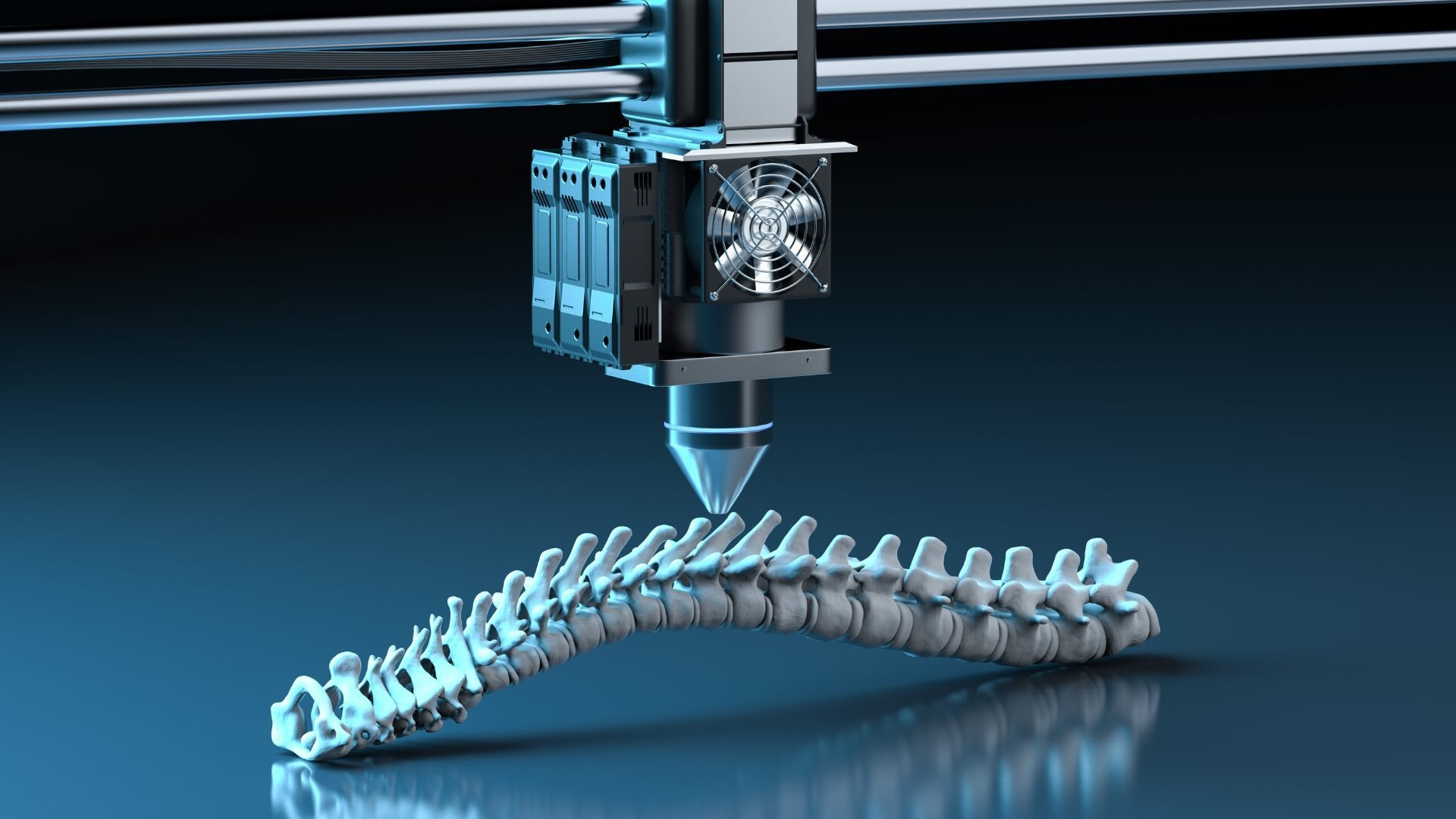
3D printing has transformed how we create objects, from simple toys to complex machinery. But what exactly is 3D printing? 3D printing is a process where a digital model is turned into a physical object by adding material layer by layer. This technology has opened up endless possibilities in various fields, including medicine, aerospace, and fashion. Imagine printing a custom prosthetic limb or a prototype of a new gadget right at home. The versatility and accessibility of 3D printing make it a game-changer. Ready to learn more? Here are 23 fascinating facts about 3D printing that will blow your mind!
What is 3D Printing?
3D printing, also known as additive manufacturing, has revolutionized how objects are created. It builds items layer by layer from digital models. Let's dive into some fascinating facts about this technology.
-
3D printing was invented in the 1980s. Chuck Hull created the first 3D printer in 1983, calling the process stereolithography.
-
It uses various materials. Common materials include plastics, metals, ceramics, and even food ingredients like chocolate.
-
NASA uses 3D printing in space. Astronauts can print tools and parts on the International Space Station, reducing the need for spare parts.
How Does 3D Printing Work?
Understanding the mechanics behind 3D printing can be intriguing. Here's a look at the process and its components.
-
It starts with a digital model. Designers create a 3D model using CAD software, which the printer reads to build the object.
-
Layer by layer construction. The printer deposits material layer by layer, following the digital model's instructions.
-
Different types of 3D printers. There are several types, including FDM (Fused Deposition Modeling), SLA (Stereolithography), and SLS (Selective Laser Sintering).
Applications of 3D Printing
3D printing isn't just for hobbyists. It has practical applications across various industries.
-
Medical field advancements. Surgeons use 3D-printed models for practice, and custom prosthetics are made for patients.
-
Automotive industry benefits. Car manufacturers print prototypes and even some car parts, speeding up production.
-
Fashion and design. Designers create unique clothing and accessories using 3D printing.
Environmental Impact of 3D Printing
While 3D printing offers many benefits, it's essential to consider its environmental impact.
-
Reduced waste. Traditional manufacturing often results in excess material waste, but 3D printing uses only what is needed.
-
Recyclable materials. Some 3D printers use biodegradable or recyclable materials, reducing environmental harm.
-
Energy consumption. The energy required for 3D printing can be high, but ongoing research aims to make it more efficient.
Fun and Unusual Facts
3D printing has some quirky and unexpected uses that might surprise you.
-
3D-printed food. Chefs experiment with printing edible items like pizza and candy.
-
Printed homes. Entire houses have been constructed using large-scale 3D printers.
-
Art and sculptures. Artists create intricate sculptures and installations with 3D printing.
Future of 3D Printing
The future holds exciting possibilities for 3D printing technology.
-
Bioprinting organs. Scientists are working on printing human organs for transplants, potentially saving countless lives.
-
Space colonization. Future space missions may use 3D printing to build habitats on other planets.
-
Mass customization. Consumers might soon order custom products tailored to their preferences.
Challenges and Limitations
Despite its advantages, 3D printing faces some hurdles.
-
High costs. High-end 3D printers and materials can be expensive, limiting accessibility.
-
Speed limitations. Printing large objects can be time-consuming, slowing down production.
-
Material limitations. Not all materials are suitable for 3D printing, restricting its applications.
Interesting Innovations
Innovations in 3D printing continue to push boundaries.
-
3D-printed bridges. Engineers have constructed pedestrian bridges using 3D printing technology.
-
3D-printed musical instruments. Musicians play instruments like violins and guitars made with 3D printers.
The Future of 3D Printing
3D printing has come a long way since its inception. From creating simple prototypes to producing complex medical implants, this technology is revolutionizing various industries. It's not just about making objects; it's about transforming how we think about manufacturing and design. With advancements in materials and techniques, the possibilities are endless. Imagine a world where custom-made products are the norm, not the exception. That's the future 3D printing promises. As it becomes more accessible, expect to see even more innovative applications. Whether you're a hobbyist or a professional, there's something exciting on the horizon. Keep an eye on this space because 3D printing is set to change the world in ways we can't fully predict yet. Stay curious, stay informed, and get ready for a future where the only limit is your imagination.
Was this page helpful?
Our commitment to delivering trustworthy and engaging content is at the heart of what we do. Each fact on our site is contributed by real users like you, bringing a wealth of diverse insights and information. To ensure the highest standards of accuracy and reliability, our dedicated editors meticulously review each submission. This process guarantees that the facts we share are not only fascinating but also credible. Trust in our commitment to quality and authenticity as you explore and learn with us.


